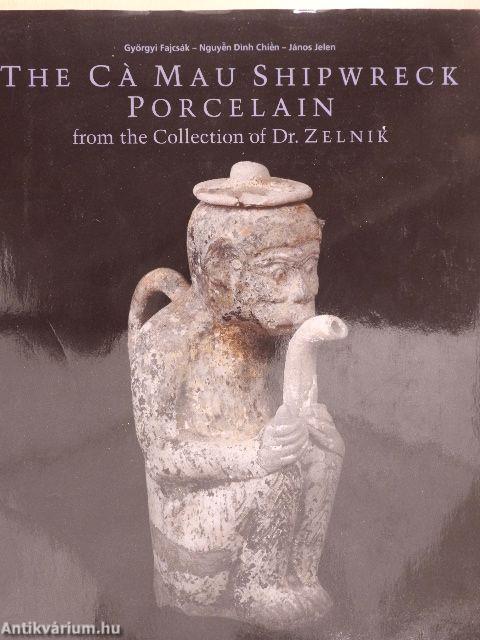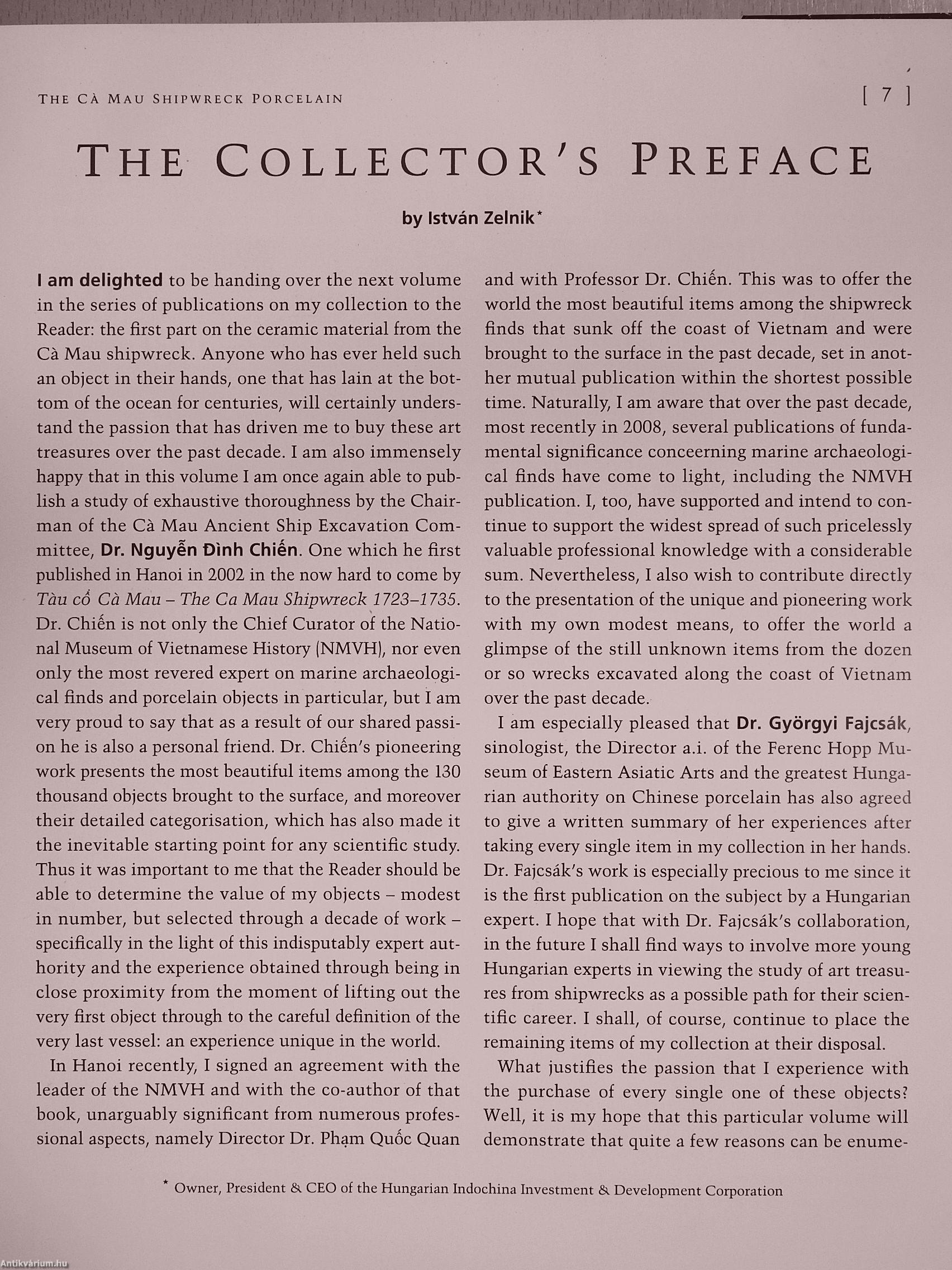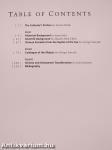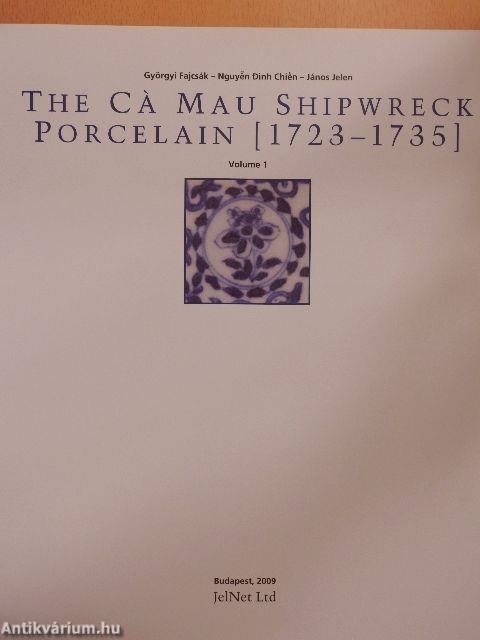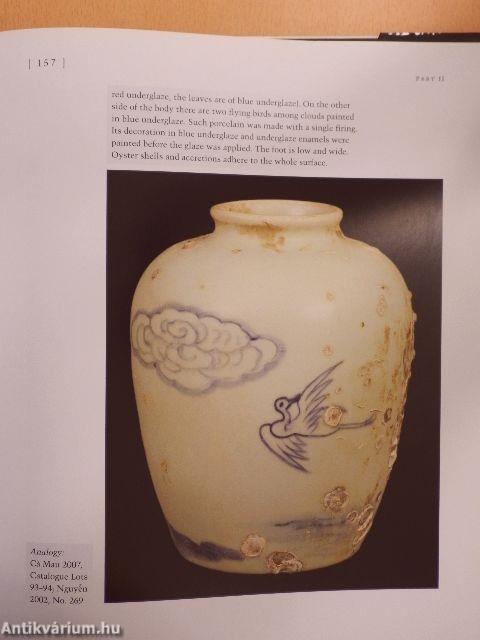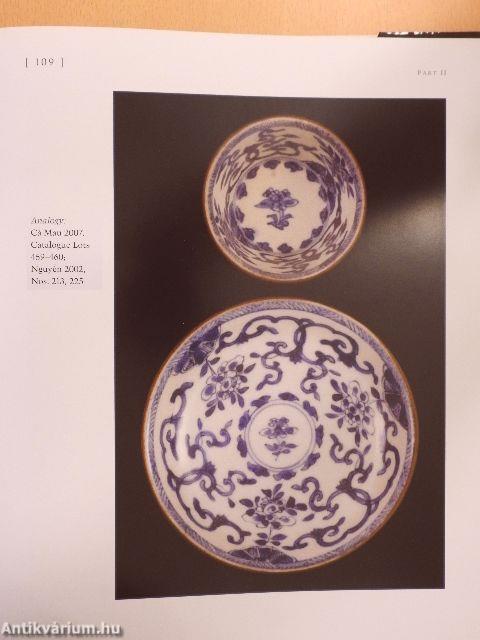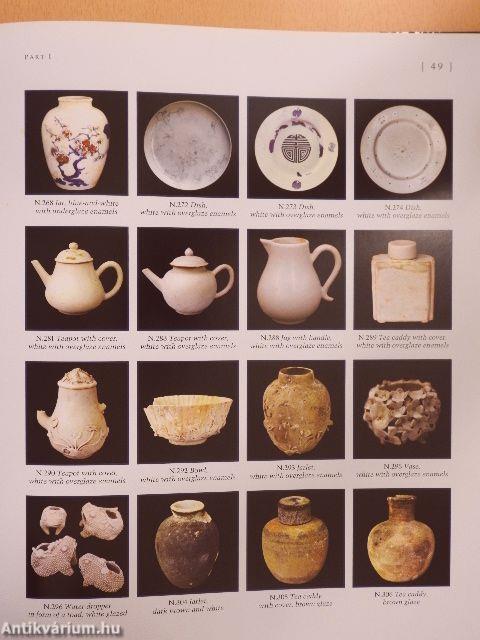1.067.691
kiadvánnyal nyújtjuk Magyarország legnagyobb antikvár könyv-kínálatát

VISSZA
A TETEJÉRE
JAVASLATOKÉszre-
vételek
The Ca Mau Shipwreck Porcelain (1723-1735) 1.
| Kiadó: | JelNet Ltd |
|---|---|
| Kiadás helye: | Budapest |
| Kiadás éve: | |
| Kötés típusa: | Fűzött keménykötés |
| Oldalszám: | 232 oldal |
| Sorozatcím: | |
| Kötetszám: | |
| Nyelv: | Angol |
| Méret: | 29 cm x 24 cm |
| ISBN: | 978-963-9823-02-0 |
| Megjegyzés: | Színes fotókkal. További kapcsolódó személyek a könyvben. |
naponta értesítjük a beérkező friss
kiadványokról
naponta értesítjük a beérkező friss
kiadványokról
Előszó
TovábbFülszöveg
the CA mau Shipwreck porcelain [
The Collector's Preface
by István Zelnik*
Despite the short history of under-water archaeological excavation in the Southeast Asian region, scientific work has already located about 120 shipwrecks. The commercial network of the region and its extended area can be better understood through research on the ships, their cargoes and other finds on them. With the help of the artefacts, the content of the goods in question, the changes and alterations in them through time and space, as well as the everyday life of the crew can be identified more precisely.
The people of the 'Son of Heaven', that is, the Chinese nation, have played a significant part in the region for a very long time, sometimes at the forefront, occasionally more reclusively, but usually in a dominant role. In addition to political influences, the presence of the Chinese is extremely important from a commercial aspect as well, and not only when discussing Chinese products, but with... Tovább
Fülszöveg
the CA mau Shipwreck porcelain [
The Collector's Preface
by István Zelnik*
Despite the short history of under-water archaeological excavation in the Southeast Asian region, scientific work has already located about 120 shipwrecks. The commercial network of the region and its extended area can be better understood through research on the ships, their cargoes and other finds on them. With the help of the artefacts, the content of the goods in question, the changes and alterations in them through time and space, as well as the everyday life of the crew can be identified more precisely.
The people of the 'Son of Heaven', that is, the Chinese nation, have played a significant part in the region for a very long time, sometimes at the forefront, occasionally more reclusively, but usually in a dominant role. In addition to political influences, the presence of the Chinese is extremely important from a commercial aspect as well, and not only when discussing Chinese products, but with regards to the people actually executing the activities. The sunken ships provide the information necessary to back up and complete the data gained from the countless Chinese sources that have documented their activities in the Southeast Asian region. Some of the names of the locations in these sources have not yet been identified. Ships are discovered in places about which the documentation of the time does not tell. By combining the findings of different scientific fields we can pinpoint the dates and routes of the voyages, and come to understand the everyday life of the era more accurately.
Some of the vessels that set forth from China never reached their destinations and now lie at the bottom of the sea waiting to be rediscovered by explorers. Some fifteen to twenty Chinese ships have been discovered so far outside Chinese waters. It is assumed that the artefact known as the Ca Mau was also a
trade ship with Chinese interests. Its tragedy was caused by a fire, with the marks of its fate still visible on the cargo.
The excavations of the Ca Mau, lying at a depth of 36m, were the first mission to salvage a Vietnamese shipwreck. The rapid, immaculately-prepared operation made it possible to excavate an unparalleled mass of artefacts in the course of several explorations across an area of approximately 450m2.
The ship rested on a route mentioned in the Zheng He map and was presumably on its way to Java.
Through research, today's scientists have been able to familiarize themselves with a new genre of Chinese porcelain manufacture. Magnificent opportunities have presented themselves to explore a variety of areas such as the various content of exports during the short-lived Yongzheng Era, the blossoming motifs, the products that were created, designed and reinterpreted by the Chinese to satisfy European demands; all this through more than 130,000 artefacts.
We find porcelain and stoneware intended both for the European and the Southeast Asian markets, all of which were the products of three different Chinese workshops and their associates. Their design and ornamental motifs present an interesting melange of traditional Chinese, Southeast Asian and European tastes.
Amongst the products meant for the European market we find showpiece items tailor-made for individual orders. The presence of porcelain permits research to be launched into how scenes drawn by Europeans were reinterpreted, or were even thought of as deficient by Chinese artisans. One exquisite example of this is the plate-series using the vista of a typical Dutch fishermen's village, considered imperfect by a Chinese porcelain painter and thus supplemented
Dr. István Zelnik is owner, president &. CEO of the Hungarian Indochina Investment & Development Company Vissza
Témakörök
- Idegennyelv > Idegennyelvű könyvek > Angol > Művészetek > Iparművészet
- Idegennyelv > Idegennyelvű könyvek > Angol > Művészetek > Művészettörténet, általános
- Idegennyelv > Idegennyelvű könyvek > Angol > Vendéglátás, kereskedelem
- Művészetek > Művészettörténet általános > Kontinensek művészete > Ázsia > Keleti
- Művészetek > Művészettörténet általános > Idegen nyelv > Angol
- Művészetek > Művészettörténet általános > Kiállítások, aukciók, katalógusok > Külföldi
- Művészetek > Iparművészet > Kiállítások, katalógusok > Külföldi
- Művészetek > Iparművészet > Idegen nyelv > Angol
- Művészetek > Iparművészet > Kerámia, porcelán, üveg > Kiállítások
- Művészetek > Iparművészet > Kerámia, porcelán, üveg > Stílustörténet
- Vendéglátás, kereskedelem > Műtárgy kereskedelem



